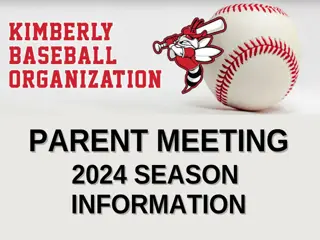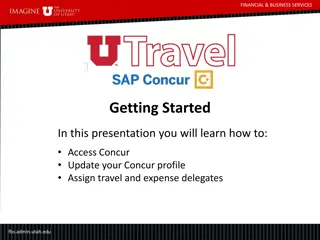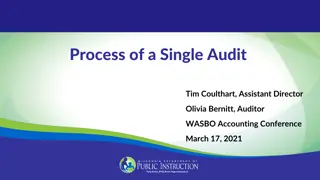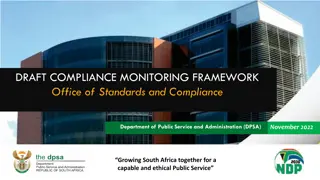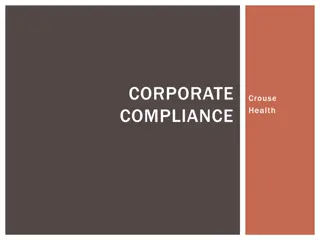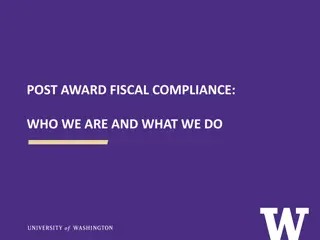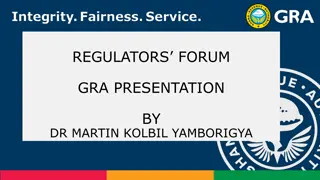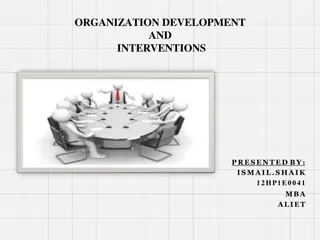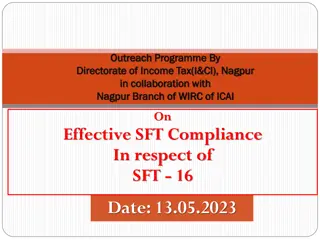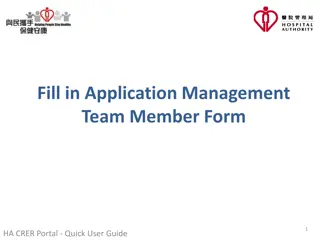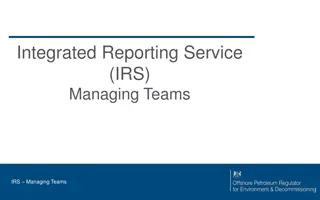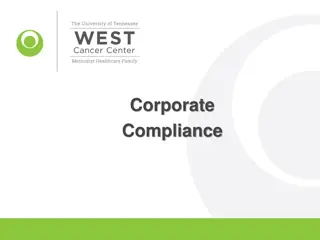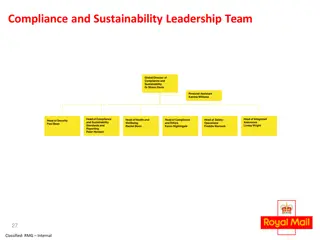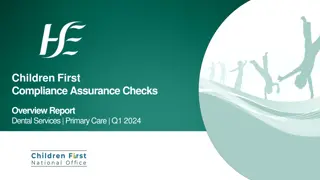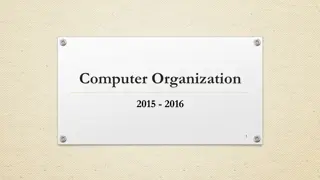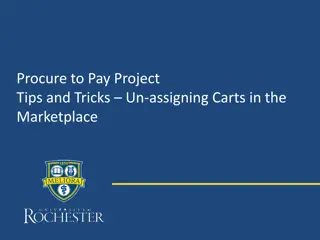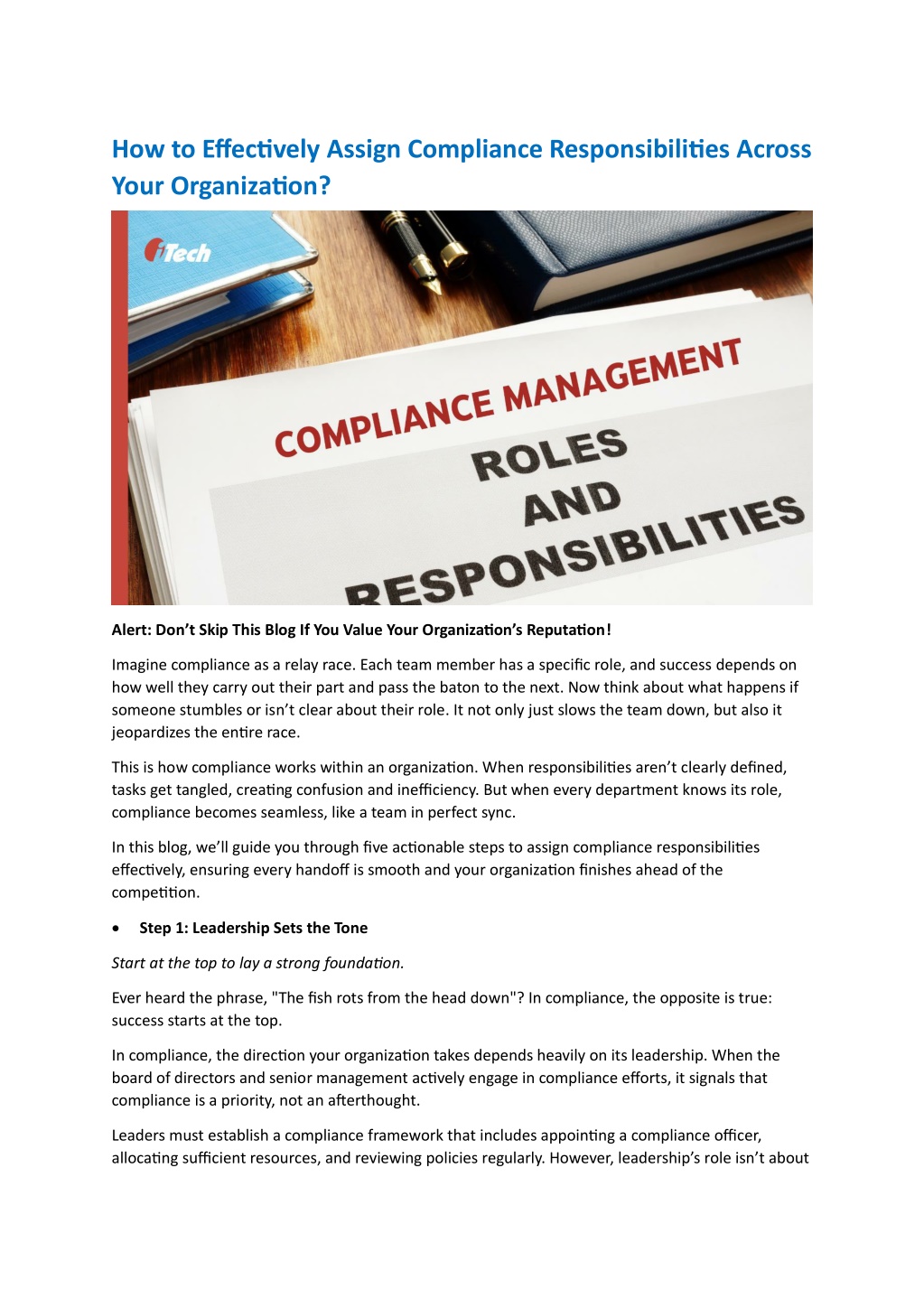
How to Effectively Assign Compliance Responsibilities Across Your Organization
Why Compliance Is the Key to Your Organizationu2019s SuccessnLeadership Is CrucialnnLeaders set the tone for compliance by establishing clear frameworks.nExample: JPMorgan Chase uses a compliance committee for global oversight.
Download Presentation

Please find below an Image/Link to download the presentation.
The content on the website is provided AS IS for your information and personal use only. It may not be sold, licensed, or shared on other websites without obtaining consent from the author. Download presentation by click this link. If you encounter any issues during the download, it is possible that the publisher has removed the file from their server.
E N D
Presentation Transcript
How to Effectively Assign Compliance Responsibilities Across Your Organization? Alert: Don t Skip This Blog If You Value Your Organization s Reputation! Imagine compliance as a relay race. Each team member has a specific role, and success depends on how well they carry out their part and pass the baton to the next. Now think about what happens if someone stumbles or isn t clear about their role. It not only just slows the team down, but also it jeopardizes the entire race. This is how compliance works within an organization. When responsibilities aren t clearly defined, tasks get tangled, creating confusion and inefficiency. But when every department knows its role, compliance becomes seamless, like a team in perfect sync. In this blog, we ll guide you through five actionable steps to assign compliance responsibilities effectively, ensuring every handoff is smooth and your organization finishes ahead of the competition. Step 1: Leadership Sets the Tone Start at the top to lay a strong foundation. Ever heard the phrase, "The fish rots from the head down"? In compliance, the opposite is true: success starts at the top. In compliance, the direction your organization takes depends heavily on its leadership. When the board of directors and senior management actively engage in compliance efforts, it signals that compliance is a priority, not an afterthought. Leaders must establish a compliance framework that includes appointing a compliance officer, allocating sufficient resources, and reviewing policies regularly. However, leadership s role isn t about
micromanaging every step. Instead, its about creating a system where responsibilities are clear, and accountability is woven into the organization s fabric. Example in Action: JPMorgan Chase exemplifies this approach through its dedicated compliance committee, which oversees global regulations and ensures adherence across the organization. Why It Matters: When top management treats compliance as a key part of the organization s DNA, employees across all levels are more likely to follow suit. Step 2: Divide Responsibilities Across Departments Compliance is a team effort, not a solo act. No single person or team should bear the full burden of compliance. By dividing responsibilities across departments, you create a collaborative system where everyone plays their part. Think of it as an orchestra: Each department contributes its unique expertise to ensure the entire organization performs in harmony. Examples of Departmental Roles: Finance: Ensures adherence to tax regulations and anti-fraud measures. Operations: Manages workplace safety and industry-specific compliance. IT: Handles cybersecurity, data protection, and privacy laws. Real-World Example: Walmart s supplier compliance program is an excellent example of this approach. By auditing vendors regularly, Walmart ensures that its suppliers maintain ethical and regulatory standards. Pro Tip: Invest in automation tools like IBM OpenPages to assign tasks efficiently and keep departments accountable. Step 3: Harness the Power of Technology Modern problems require modern solutions. Gone are the days when compliance relied on manual processes and spreadsheets. Today s compliance landscape demands smarter tools that minimize errors and streamline operations. Why Technology is Essential: Automation tools can flag issues, generate detailed reports, and handle repetitive tasks, freeing your team to focus on strategic decisions. They also ensure consistency and reduce the risk of human error. Fact Check: According to an Accenture study, 93% of respondents reported that AI and cloud-based compliance tools significantly improved efficiency and reduced human error. Practical Tip: Use platforms like IBM OpenPages to centralize compliance activities and monitor risks in real-time. Step 4: Build a Culture of Accountability Empower employees to take ownership of compliance. For compliance to be effective, every employee needs to understand their role in upholding standards. Accountability isn t about assigning blame it s about fostering a sense of ownership and responsibility. Here s how you can achieve this:
1.Educate: Conduct regular training to ensure employees know their compliance responsibilities. 2.Encourage Reporting: Create a safe environment where employees feel comfortable reporting potential issues. 3.Recognize Efforts: Celebrate teams or individuals who excel in maintaining compliance standards. The Goal: A compliance culture where everyone, from the CEO to the newest hire, understands and embraces their role in maintaining ethical and regulatory standards. Step 5: Monitor, Report, Improve, Repeat Compliance is a continuous process, not a one-time task. Once your compliance framework is in place, monitoring and reporting should become routine. Regular reviews allow you to identify areas for improvement and prevent small issues from snowballing into major problems. The Continuous Improvement Cycle: 1.Monitor: Use compliance tools to track activities and flag potential risks. 2.Report: Generate detailed reports to assess compliance levels and identify gaps. 3.Improve: Implement changes based on findings to strengthen your framework. 4.Repeat: Continuously refine your processes to adapt to new regulations or business changes. Pro Tip: AI-enabled compliance tools like IBM OpenPages can automate monitoring and reporting, saving time and providing actionable insights. Conclusion: Transform Compliance from a Burden to an Opportunity Assigning compliance responsibilities doesn t have to feel like an uphill battle. By engaging leadership, leveraging technology, distributing responsibilities, and fostering a culture of accountability, you can create a system that not only meets regulatory requirements but also strengthens your organization. Why Choose IBM OpenPages? IBM OpenPages simplifies compliance by centralizing tasks, automating processes, and providing real-time insights. From streamlining audits to tracking risks and training employees, OpenPages offers the tools you need to stay compliant and competitive. Take Action Today: Ready to make compliance effortless? Contact us to explore how IBM OpenPages can transform your compliance strategy and position your organization for long-term success.

